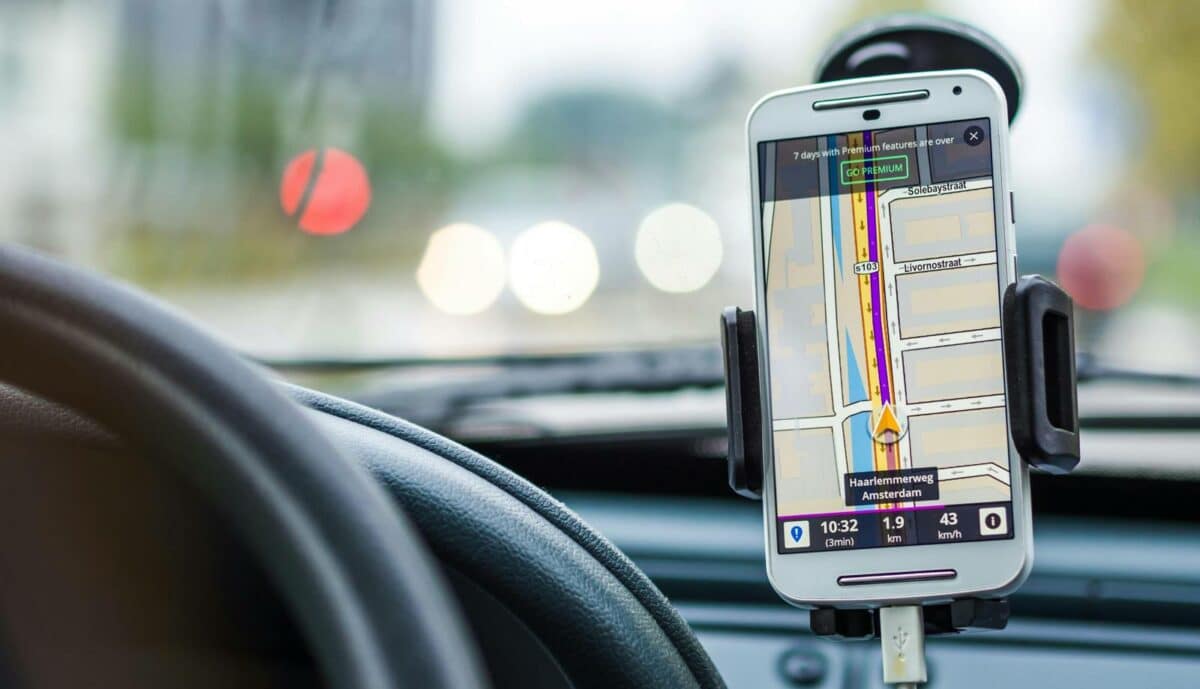Staying connected while driving is almost a necessity. But what are the rules around mounting and charging your phone in your car, especially on the windscreen? Here’s what you need to know to stay legal and safe on Australian roads.
Legal Guidelines for Phone Mounting
In Australia, holding a mobile phone while driving is strictly prohibited across all states and territories. However, using a phone mounted in a device holder is allowed under certain conditions. The crucial point is that the phone must not obstruct the driver’s view. Placing a phone in a holder directly in the line of sight, especially if it’s accompanied by a dangling cord, could still constitute an obstruction, akin to other objects like large decorations or air fresheners.
Rules for Learners and Provisional Drivers
For learners and provisional drivers (P1 and P2), the rules are stricter. They are not permitted to use a mobile phone at all while driving, even if it’s in a legally mounted holder. This restriction extends to their passengers, who are also prohibited from using the phone’s loudspeaker function to make calls. The rationale behind this rule is to minimise distractions and allow these drivers to focus entirely on the road.
Guidelines for Fully Licensed Drivers
Fully licensed drivers have more leeway when it comes to using phones in the car. According to guidelines from authorities like VicRoads, drivers can use their phones to make or receive calls, utilise navigation (GPS) systems, or manage music functions, provided the phone is:
- Securely mounted in a commercially designed holder fixed to the vehicle.
- Operated without the driver needing to touch any part of the phone, and it is not resting on any part of the driver’s body.
However, activities such as video calls, texting, emailing, and using social media apps are strictly prohibited while driving.
Additional Considerations
When using a phone mount, it’s essential that the holder meets quality standards to prevent the phone from dislodging and becoming a distraction. If the phone is being charged, ensure the cord does not dangle loosely or interfere with your driving.
Smartwatches and Driving
Similar rules apply to smartwatches used in cars. If a smartwatch is used as a driver’s aid (e.g., for navigation) or to handle calls or music, it must be securely mounted and operated hands-free via Bluetooth or similar technology. Wearing and interacting directly with a smartwatch while driving is not allowed.
Police Guidelines on Hands-Free Devices
Even when using hands-free devices, drivers must exercise caution. Engaging in lengthy, complex, or emotionally charged conversations can still distract from driving, potentially leading to fines and demerit points.
While mounting and charging your phone on the windscreen is not explicitly prohibited, it’s crucial to adhere to the specified guidelines to ensure safety and compliance with the law. Always prioritise minimising distractions and maintaining full control of your vehicle while on the road.
For the most accurate and up-to-date information, it’s advisable to check local regulations and guidelines specific to your area. By staying informed and following these rules, you can enjoy the convenience of technology in your vehicle responsibly.
